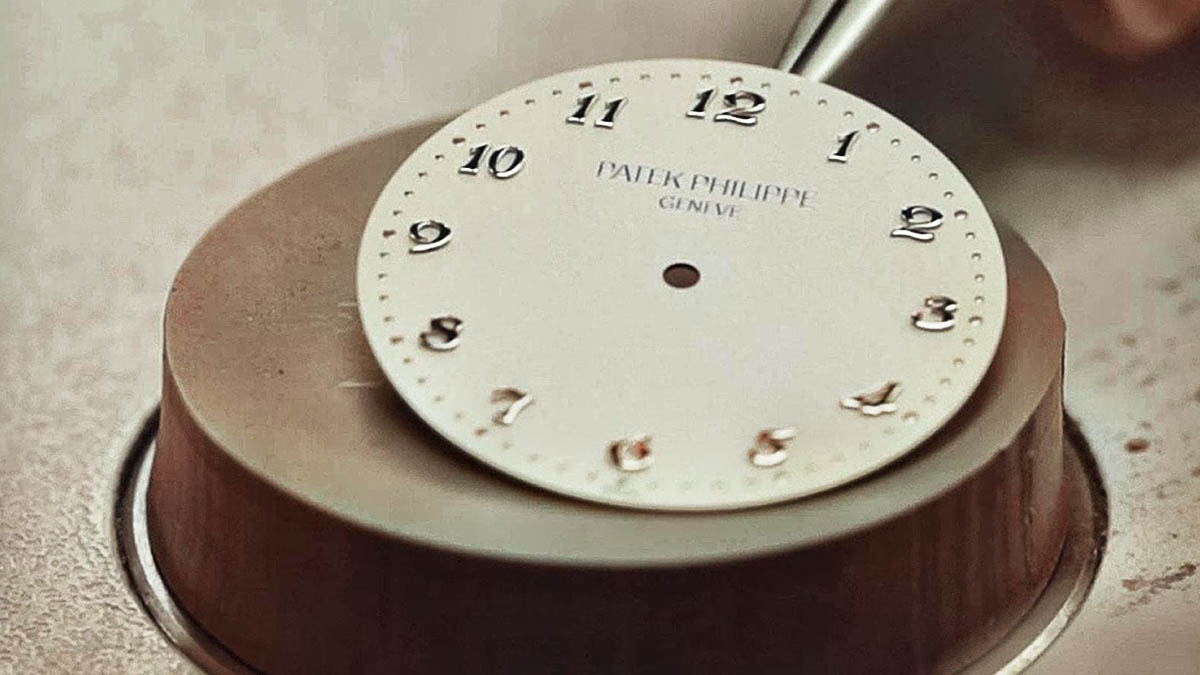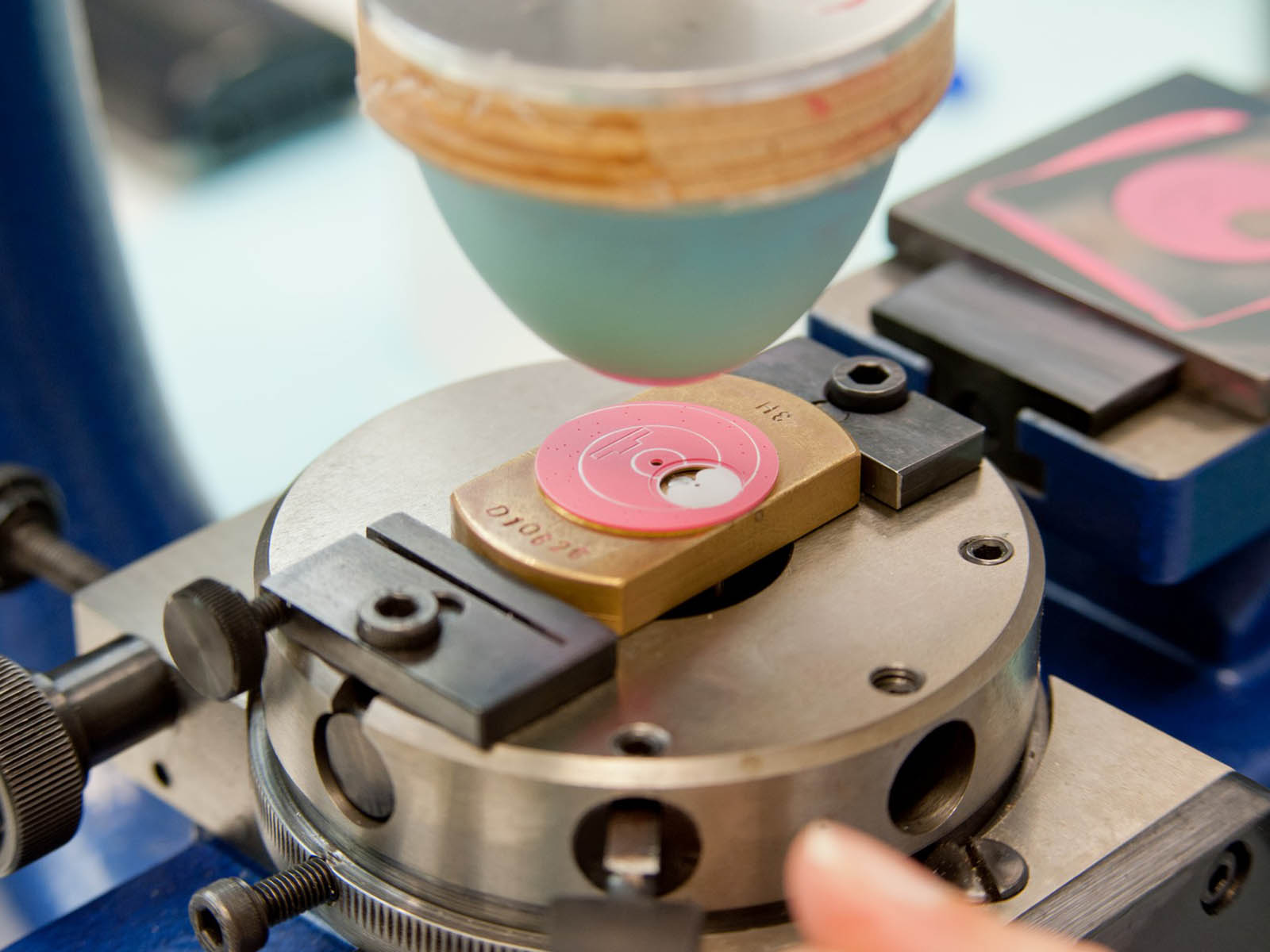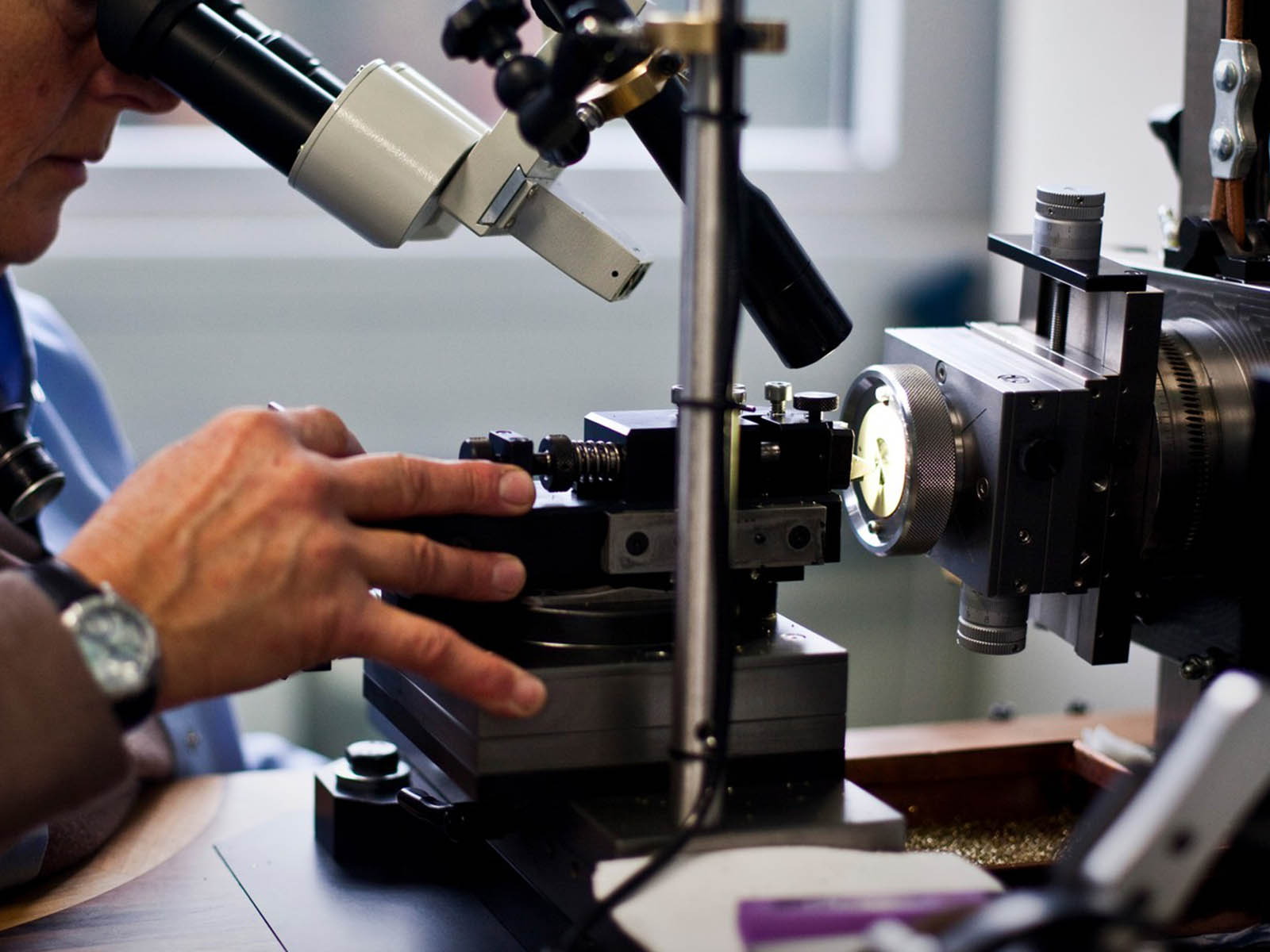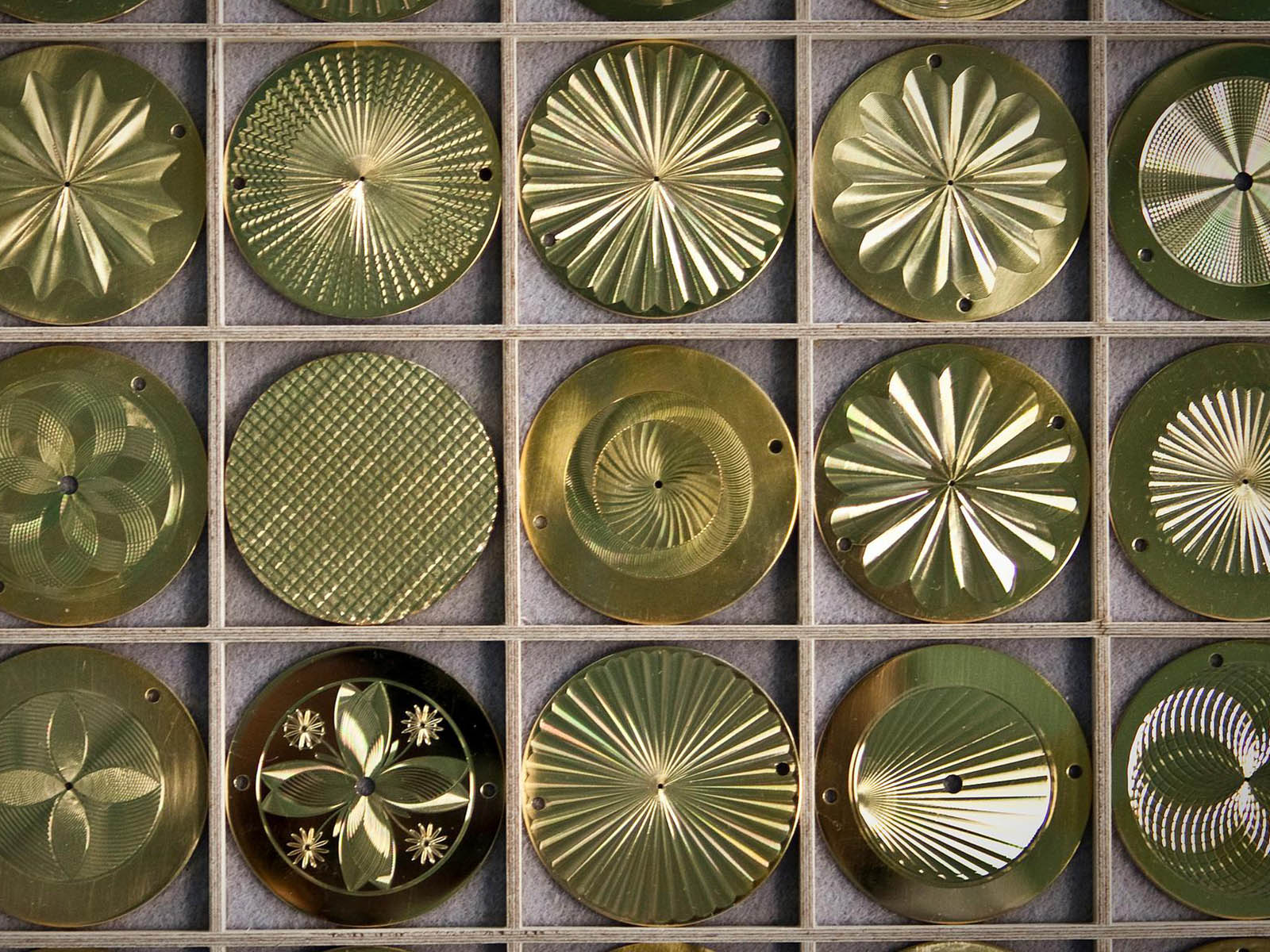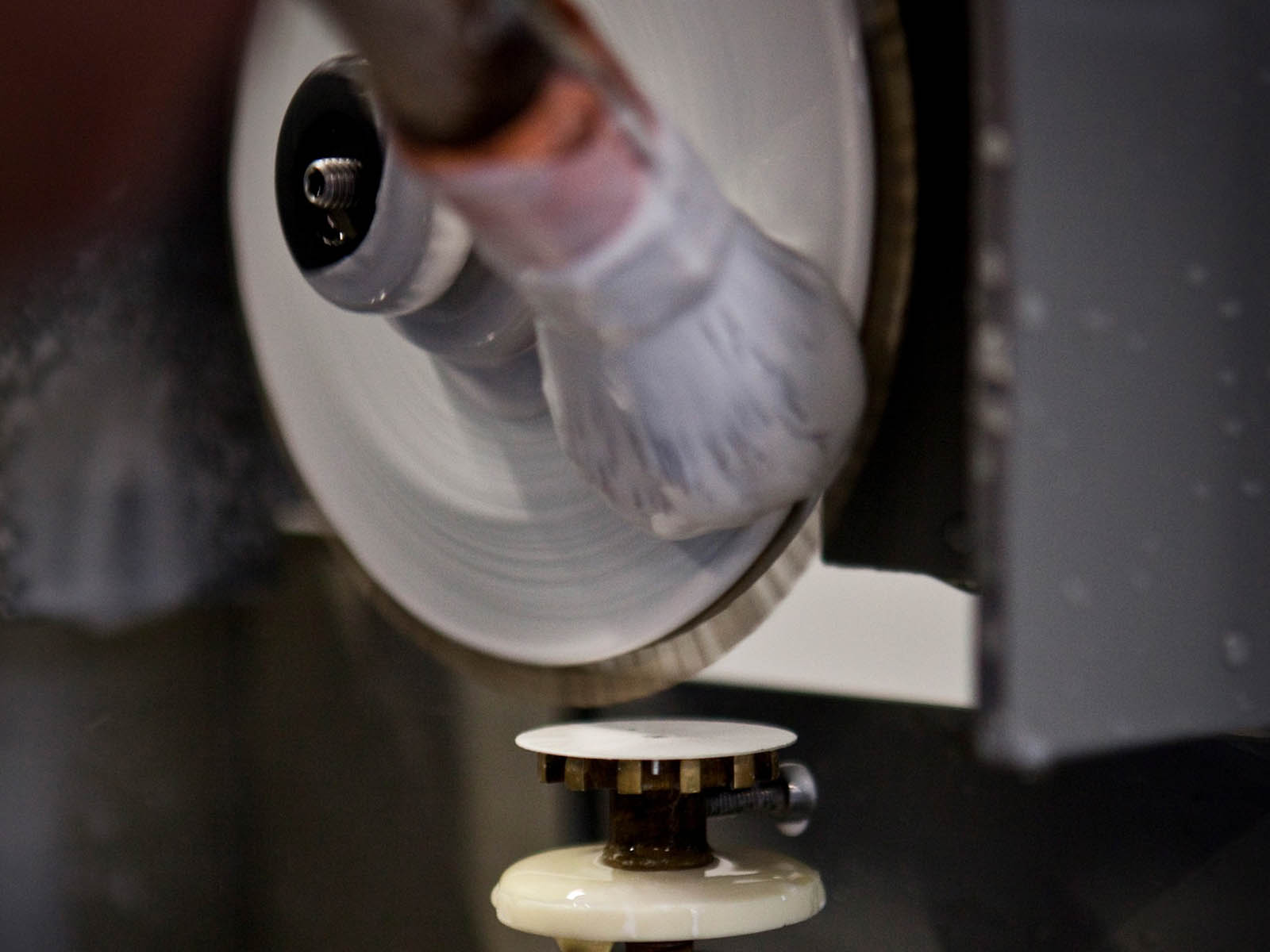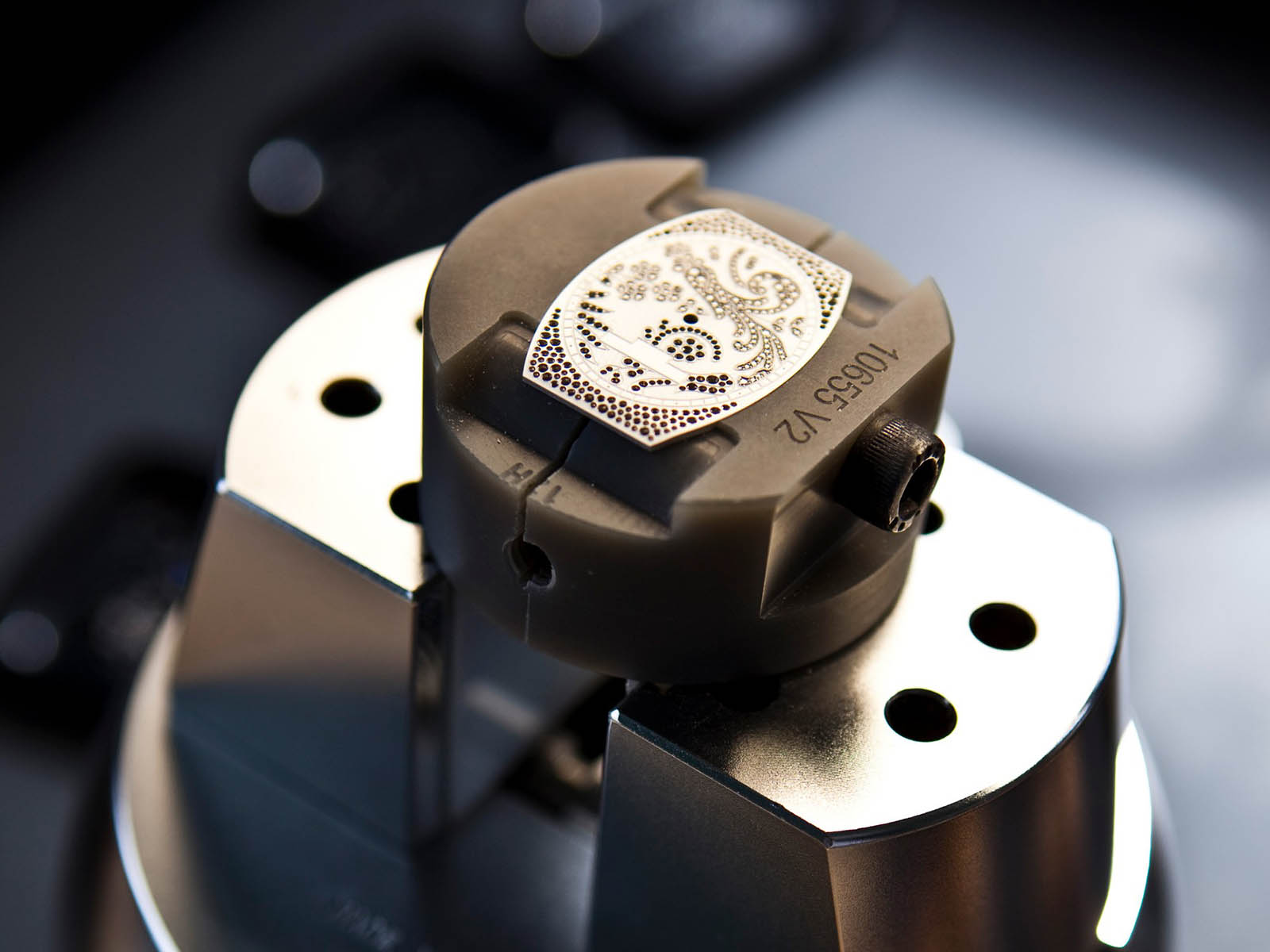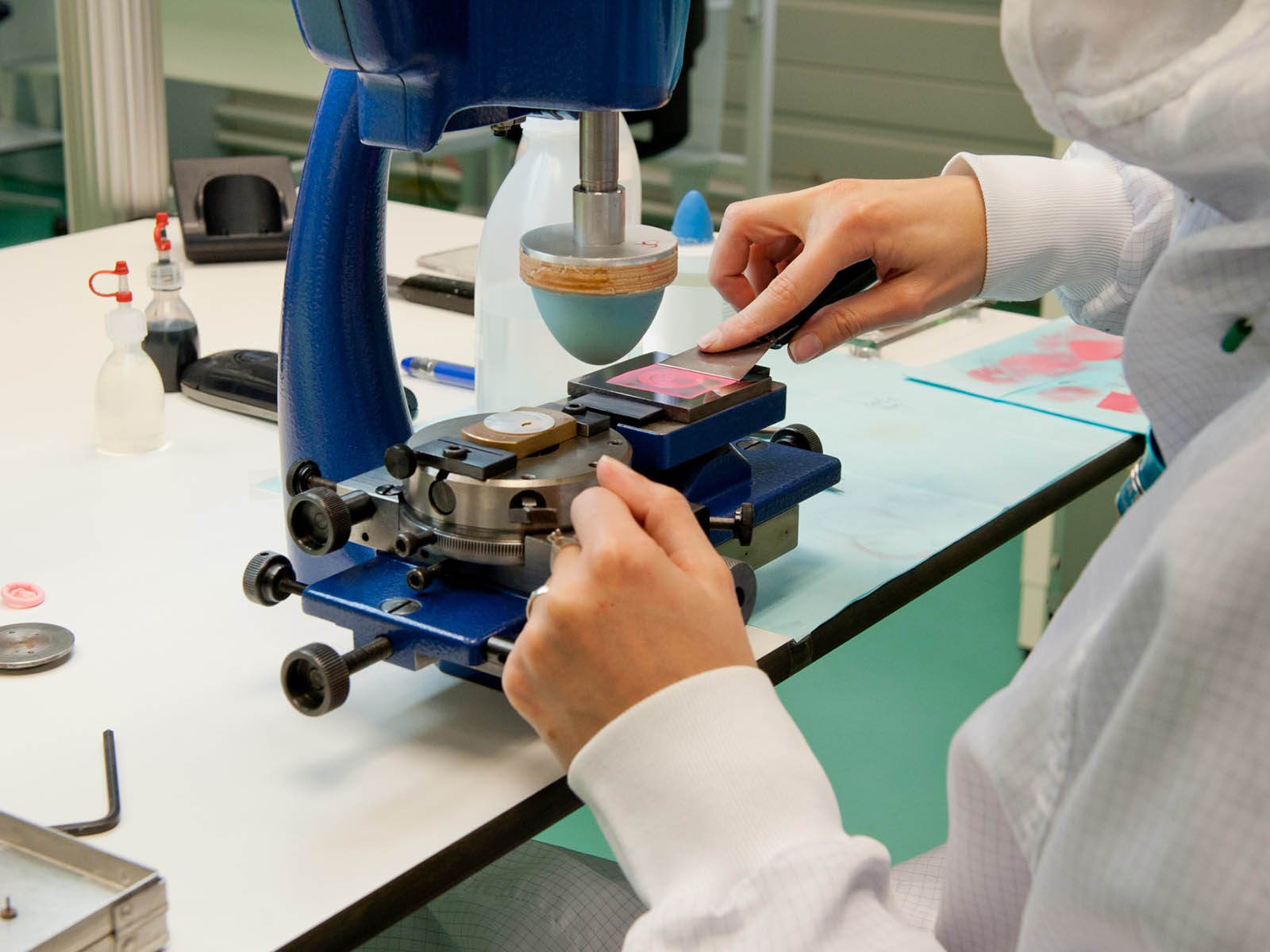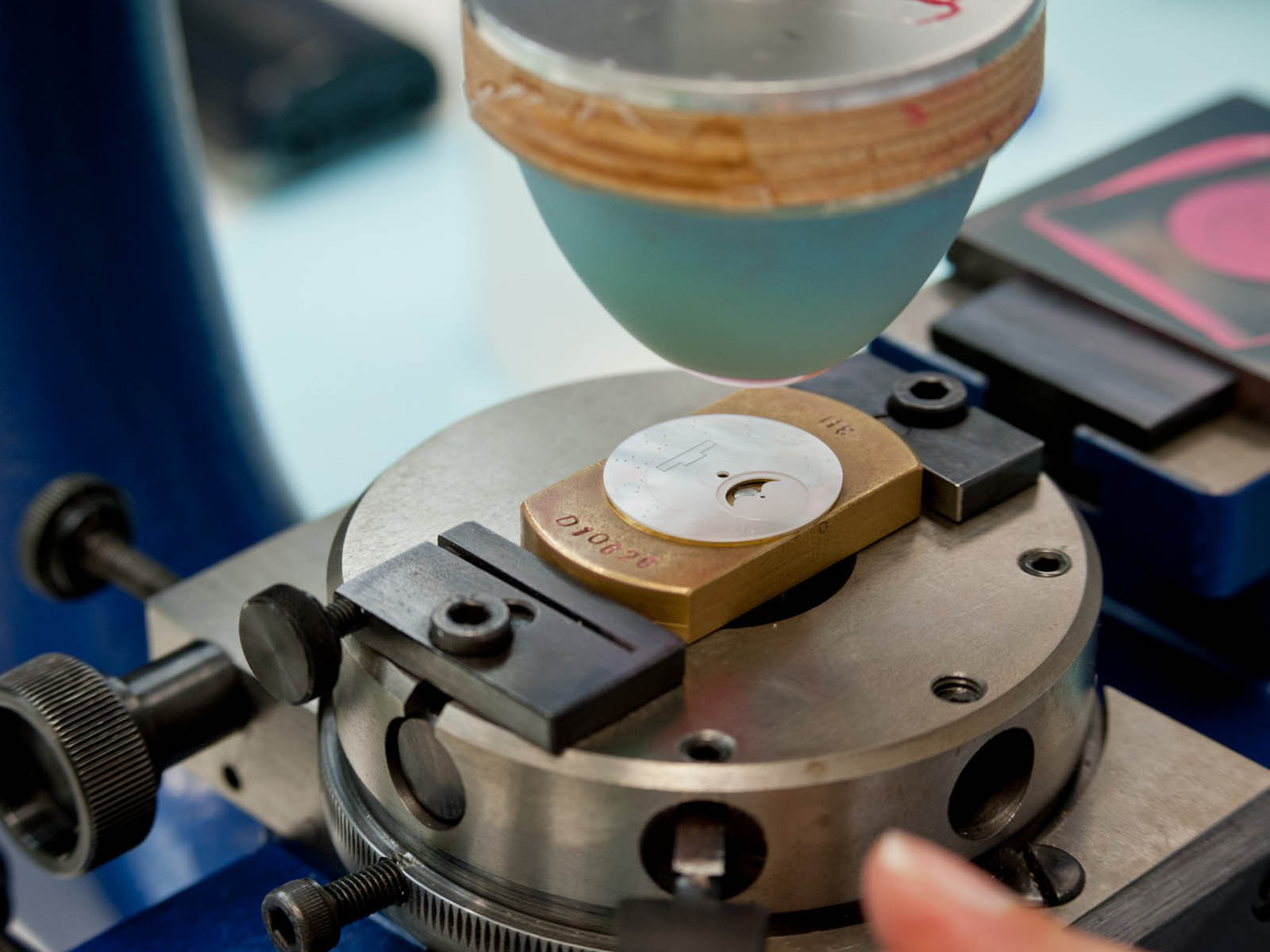Dials are the faces of watches that talk to us... Here we are with the long and tiring dial production process of Patek Philippe, which fascinate the watch enthusiasts not only with its precision and history but also with its dials.
It is not easy to produce attractive dials. When choosing a work of art (that’s how we see the watches: works of art), we are looking for the most perfect watch that our money can buy.
Patek Philippe has a rightful reputation not only for its complications and excellent precision but also for the beauty of its dials and the detail-oriented philosophy of its designs. We share the path and the philosophy of the brand in dial production with its fans.
According to Patek Philippe if a case is the body that houses a complex structure, then the dial is the very face of a watch, into which we gaze. The brand's philosophy tells you that the dial is the part that makes hundreds of components inside the watch meaningful. The dial acts as the layer that separates the small wheels, arms, gears, and springs from the hour and minute hands.
Making the Dial
Making a dial is a craft of its own, rather than an area of watchmaking. Since the watch has a face that speaks to the user, it should not only be beautiful and harmonious, but also legible. Dial makers and decorators have to reveal hundreds of years of artisanship, as well as trade secrets that pass from one generation to another. Producing each Patek Philippe dial requires 50 to 200 operations, including four to six months of labor and decorative treatments.
Each model's dial is different, and for each one there is a systematic task list, or “routing”, a bit like a recipe, drawn up so that no one can overlook any of the processes involved – there are over 600 possible task lists, so the right one must be followed for each specific dial! Here’s just one example of a list, for the dial of the grand complication retrograde perpetual calendar Ref. 5159G, with its hand-guilloched center:
Blanking the dial plate: outer shape, central hole, stamping apertures
Soldering the feet to position the dial for subsequent procedures
Smoothing down: using abrasive paper to remove traces of machining, smooth the surface, and prepare it for polishing
Polishing or buffing using brushes made from cotton disks, to prepare a perfectly smooth surface ready for the subsequent operations
Milling (or grinding) a central recess to prepare for Guilloché work
Guillochage: engraving the sunburst pattern grooves
Electroplating and decoration: during electroplating one metal is electrochemically coated with another to protect against corrosion (for example, a fine layer of rhodium protects plates). The dial is then sandblasted and velvet finished and is given its final color
Cellulose varnishing: applying a transparent protective varnish
Manual transfer printing of the words “Patek Philippe Genève” onto the cartouche, adding the “Swiss Made” legend, the numerals, and the chapter ring, the outer band that carries the numerals and symbols
After every single operation, the dial is cleaned in an ultrasound bath with biodegradable detergent.
Of course, this is just a list of things to do for the dial of one model only. Besides, decorations, micro painting, enamel, "gem setting", placing precious stones such as diamonds, etc. are also made. However, we cannot explain all these transactions in a single article. See you in another article regarding the brand’s dial preparation and decoration processes...
